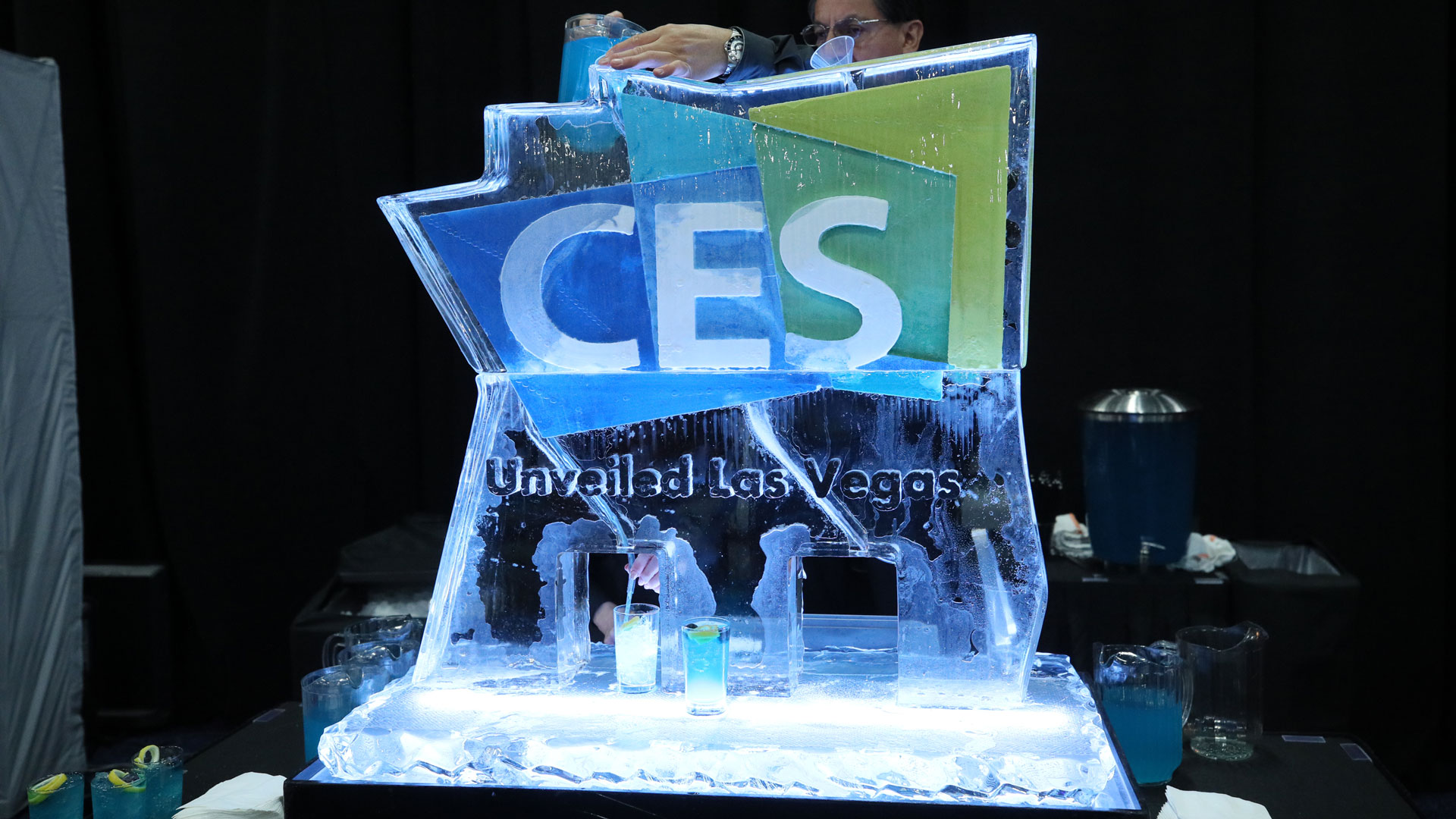
CES is where future trends are first revealed, so the technology you see in Las Vegas will probably hit car showrooms in the near future. It might not be a pure motor show, but it sets the tone for the year ahead and gives manufacturers and tech suppliers a chance to showcase their next big things. Here, we reveal some of the coolest tech on show at CES 2019.
Hyundai Cradle
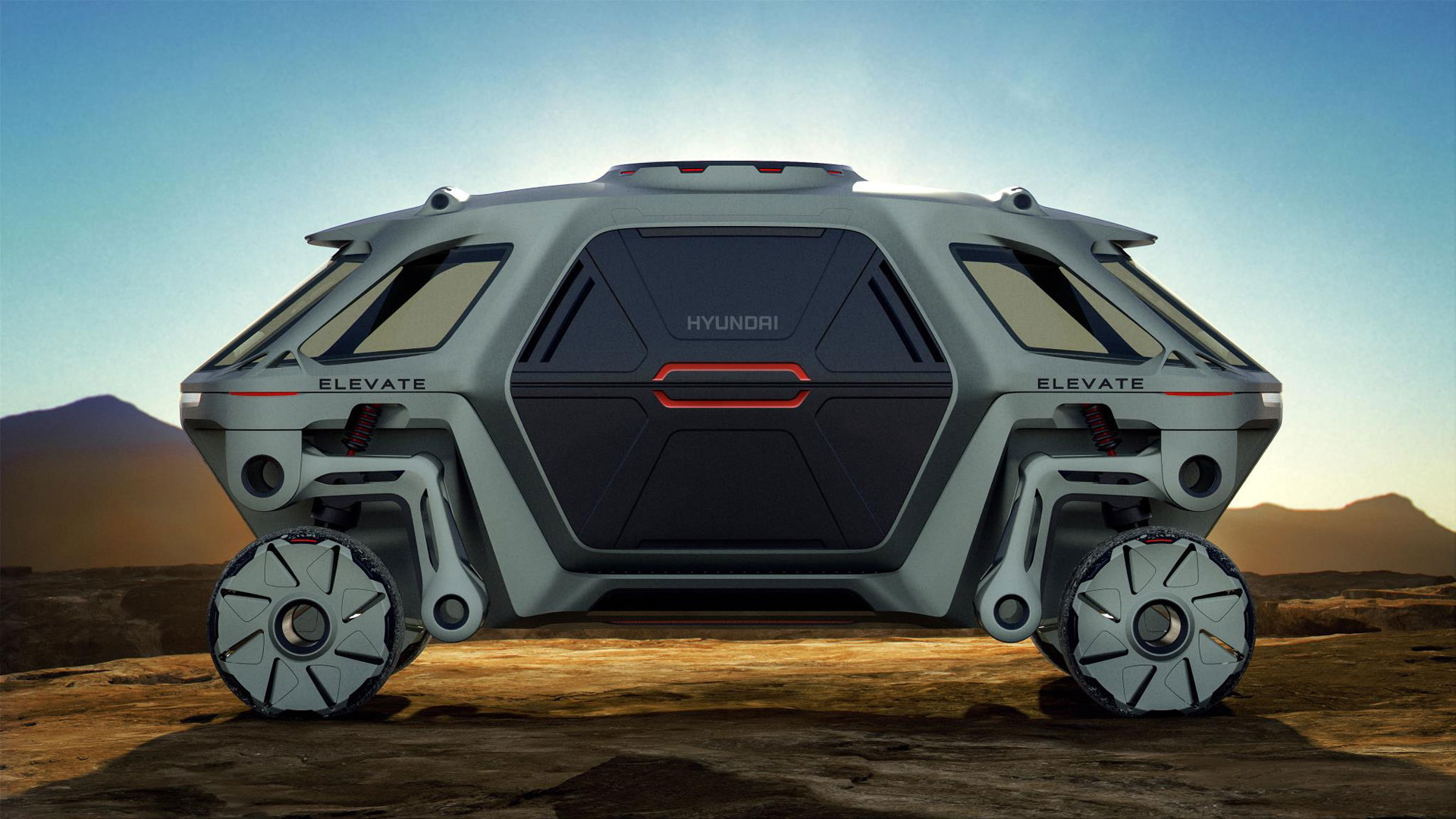
‘The four-legged Hyundai Elevate will redefine our perception of vehicle mobility,’ claims Hyundai. It combines the power of robotics and electric vehicle technology to take people where no vehicle has been before and could transform the way we deal with natural disasters. Imagine deploying this when faced with the aftermath of an earthquake, forest fire or hurricane. It’ll reach the parts where even the most intrepid 4×4 would not dare tread.
“When a tsunami or earthquake hits, current rescue vehicles can only deliver first responders to the edge of the debris field. They have to go the rest of the way by foot. Elevate can drive to the scene and climb right over flood debris or crumbled concrete,” said John Suh, Hyundai vice president and head of Hyundai Cradle. It could also enhance the lives of people living with disabilities, as highlighted by this illustration. Cool thing.
BMW Vision iNEXT
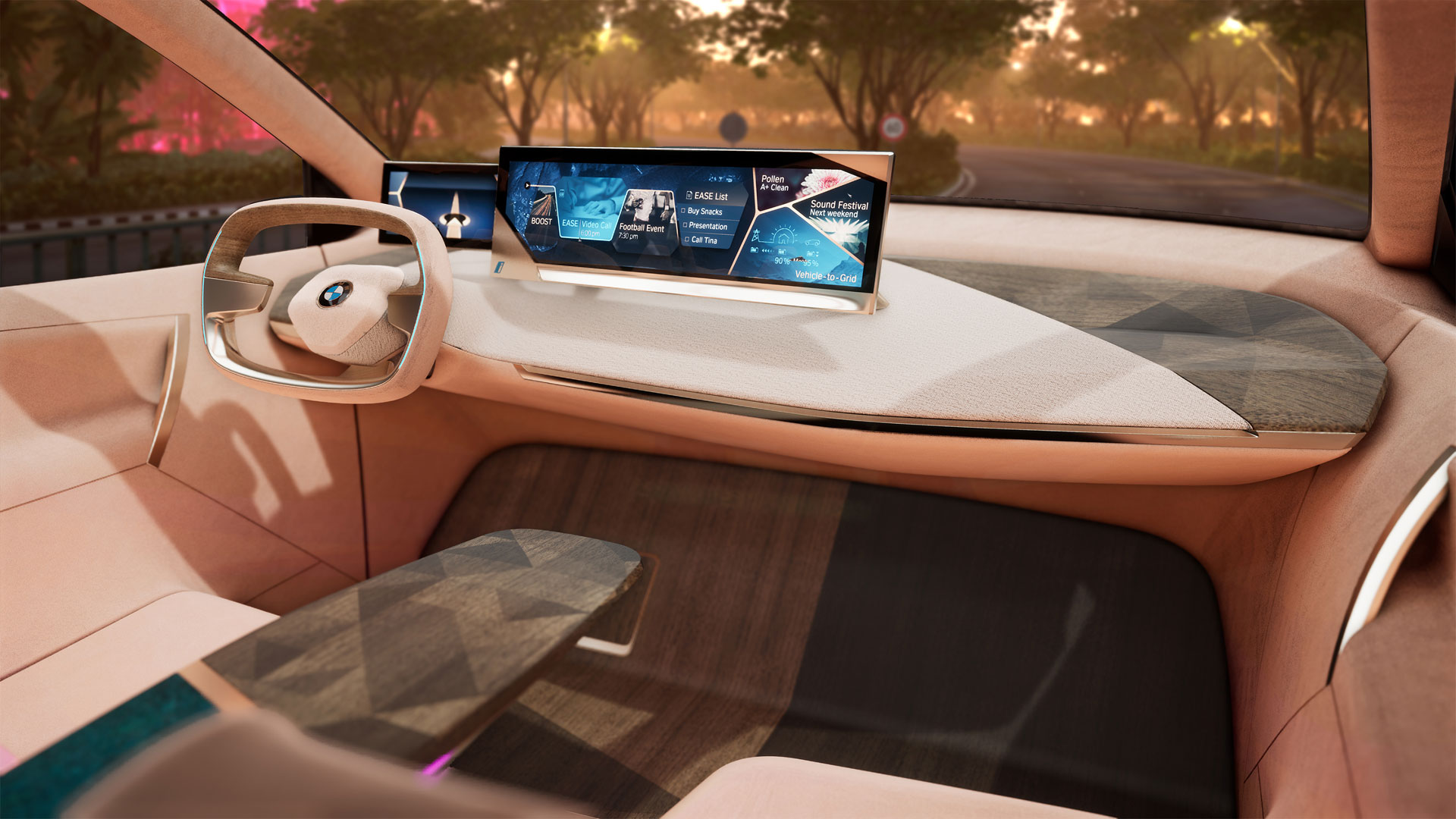
Visitors can have a play with BMW’s ‘mixed-reality installation’, giving them a chance to experience what it would be like to drive autonomously, emission-free and fully connected. The Intelligent Personal Assistant will suggest an agenda for the day and plans the activities for the trip. It’s a brave new world…
According to BMW, the ‘drive’ will begin as normal, but the vehicle soon takes over, with the ‘driver’ interacting with the car via virtual reality goggles and voice control. ‘What will cars look like when they no longer have to be driven by a person, but still can be?’ asks BMW. CES 2019 might have the answer. Meanwhile, the new X5 is on display to showcase a range of functions that will be available for new models from March 2019.
Kia ‘Space of Emotive Driving’
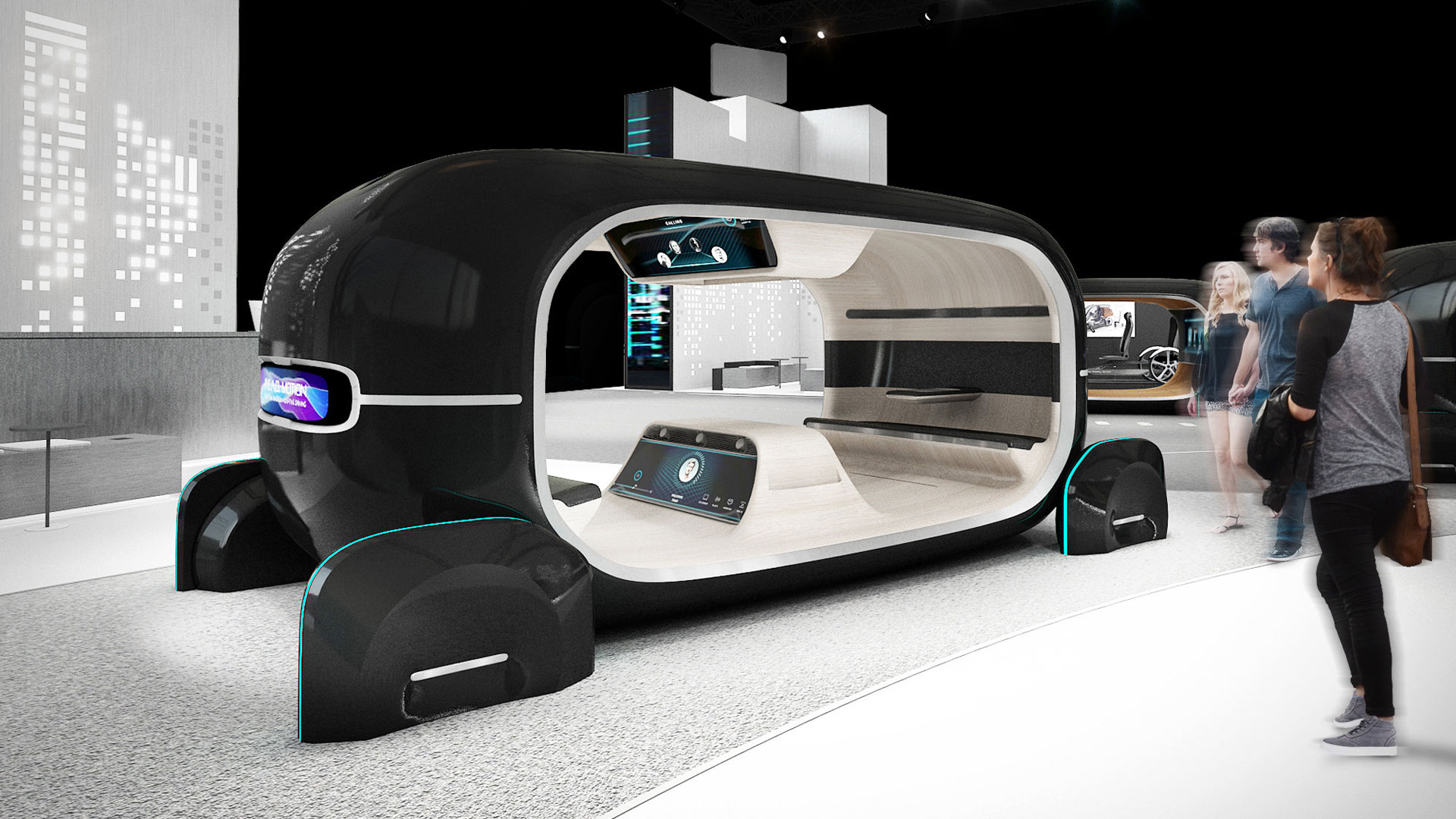
Kia is giving visitors the chance to experience vehicle technology that recognises their physiological emotions based on facial expressions, electrodermal activity and heart rate. It’s all thanks to a Real-time Emotional Adaptive Driving (R.E.A.D.) system, an AI-based interactive in-cabin space demonstrated via experiential modules. There’s a ‘R.E.A.D. Me’ for one person, a ‘R.E.A.D. Now’ for two people and a ‘R.E.A.D. Motion’ for four people, with the latter simulating a mobile workspace.
Which all sounds very impressive, but what does it mean in reality? Well, the technology establishes a baseline in user behaviour, then identifies patterns and trends to customise the cabin accordingly. In other words, it uses the five senses to create an optimal space, whether it’s the ambient temperature, the type of music or the colour of the mood lighting.
Toyota Guardian
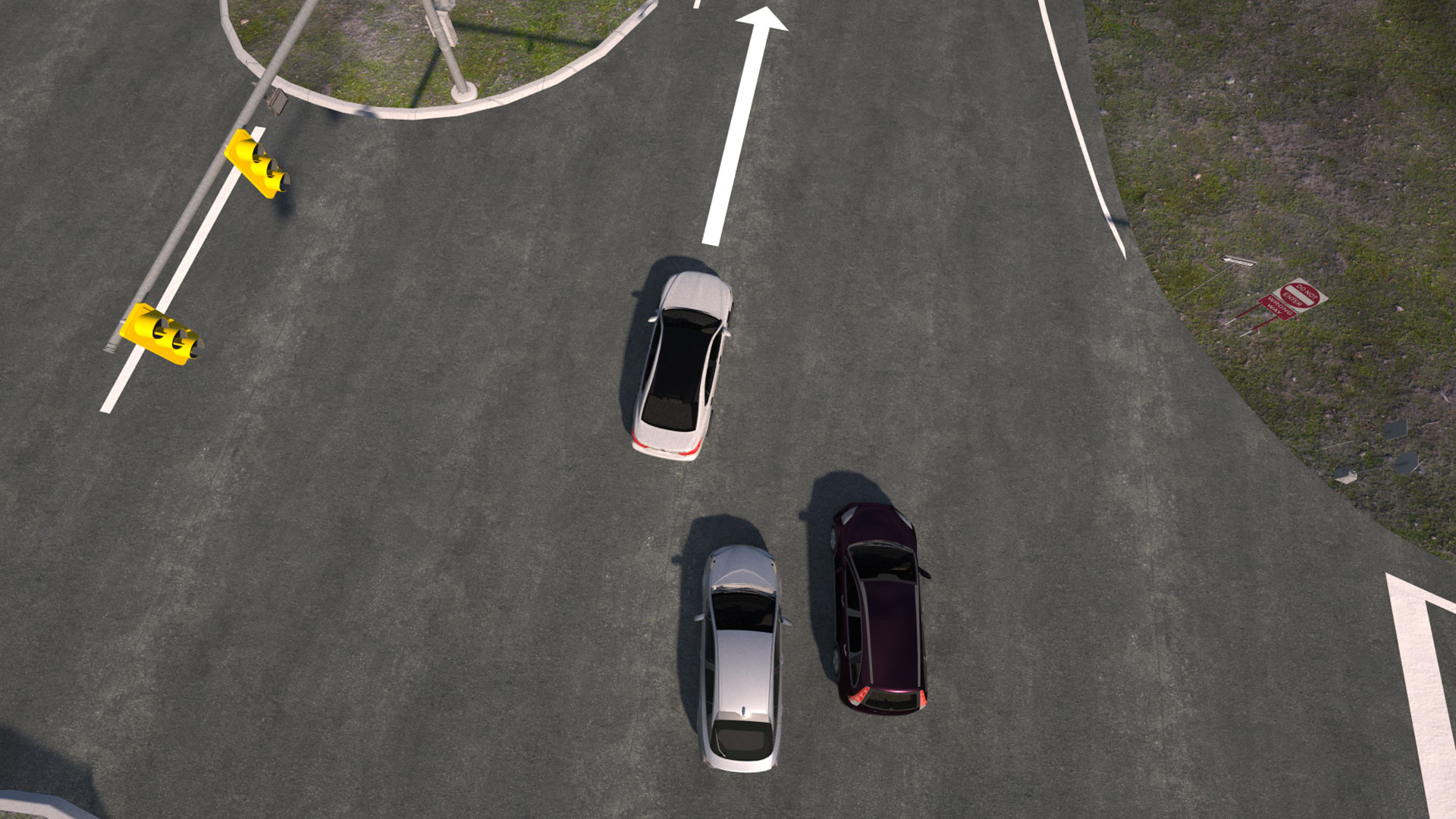
‘Toyota Guardian is being developed to amplify human control of the vehicle, not replace it.’ This sentence from Toyota’s press release will go down well with motorists who believe a fully autonomous future is far from ideal. Indeed, the more we read about the development of Toyota Guardian, the more we begin to realise that tech that can operate with a human driver and/or an autonomous driving system is the way forward.
Toyota likens the system to the way that modern jet fighters are flown: the pilot uses the control stick but they are not flying the plane directly. Instead, their intentions are translated by the control system to keep the aircraft stable. Shifting from air to land isn’t a smooth interpretation – there are more things for a car to look out for – but the principle remains.
To demonstrate the system, Toyota showed a three-car collision on a California highway, played out in front of its research cameras and sensors. The Guardian used the experience as a learning tool, with the scenario re-created on a test track using real vehicles and a soft-target dummy car. The response: the Guardian chose to accelerate away from the encroaching vehicles.
Phoenix AI Ultralight Wheelchair
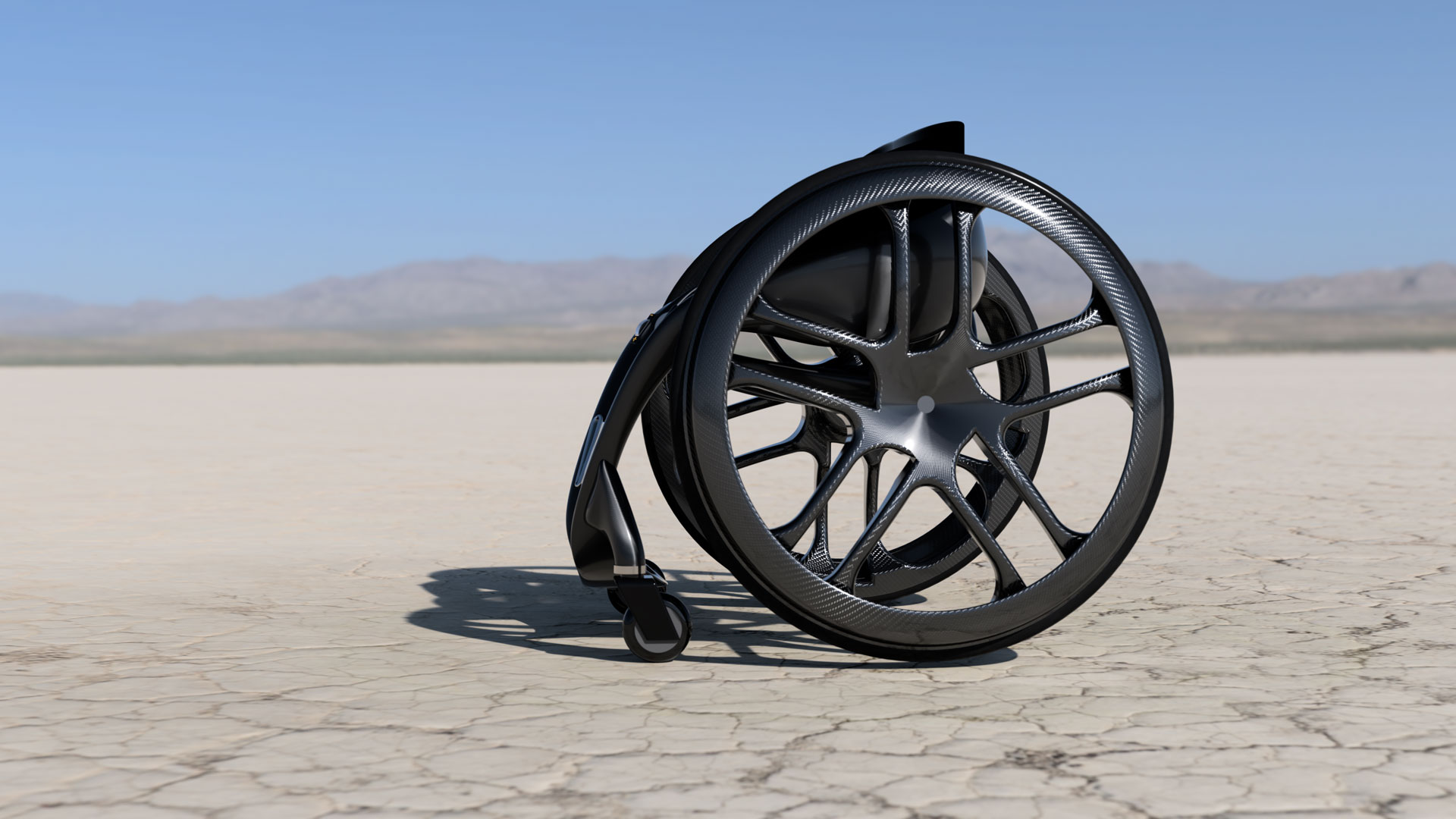
This is the UK-designed Phoenix AI Ultralight Wheelchair, a lightweight and self-balancing wheelchair that eliminates painful vibrations by using smart sensors to remain in sync with how the user moves. It’s one of five finalists in the three-year Mobility Unlimited Challenge, launched by Toyota in partnership with Nesta’s Challenge Prize Centre. Each of the five finalists will receive $500,000 to develop their concept further.
Audi virtual reality experience
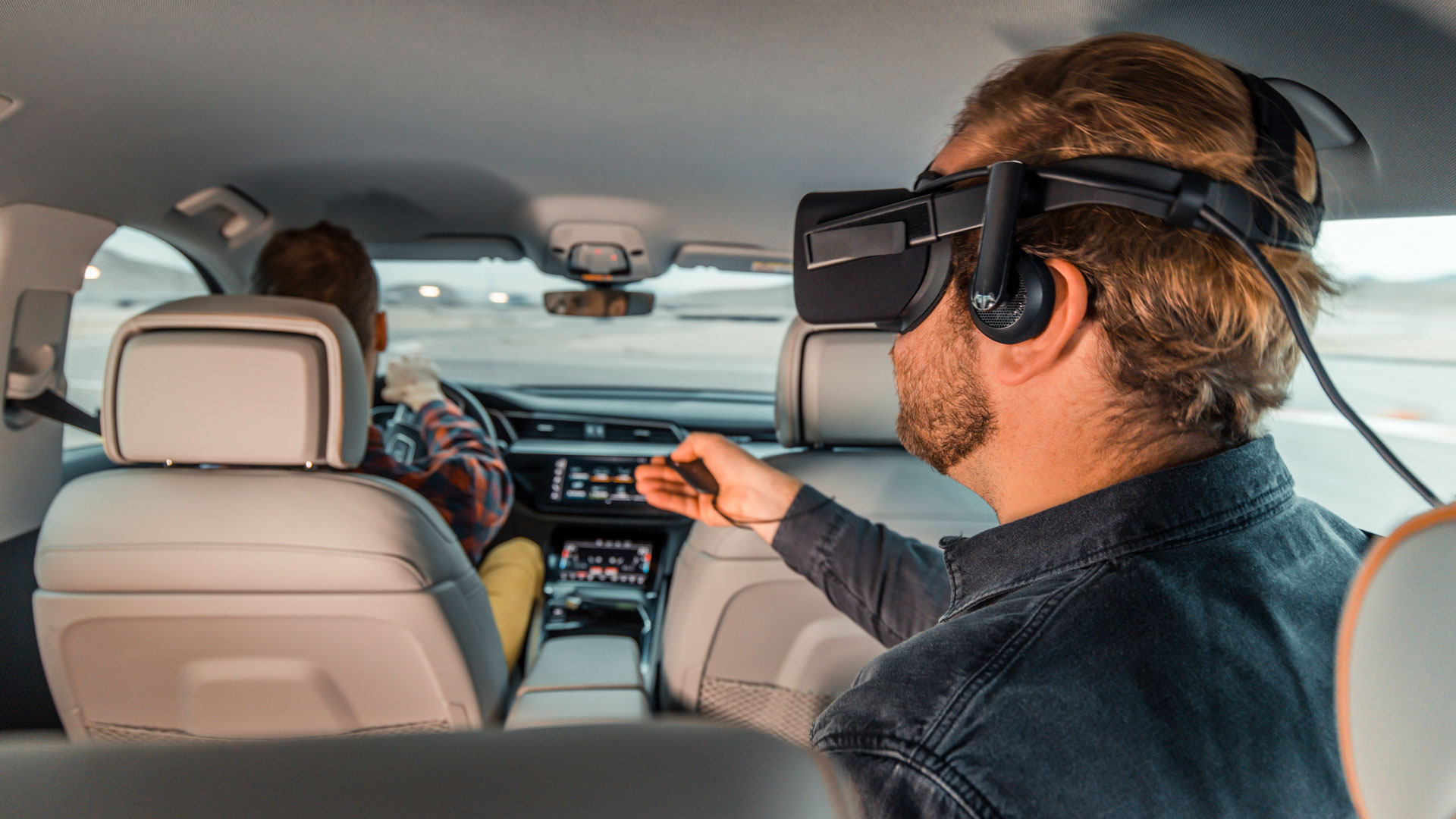
Forget autonomous driving systems, because Audi is focusing on back seat drivers with its virtual reality glasses. It promises to redefine in-car entertainment with technology that adapts virtual content to the movements of a vehicle in real time. So, if a car turns right, the spaceship in the virtual reality experience will do the same. We’re not sure what this will do for car sickness.
The VR experience is brought to life courtesy of Marvel’s Avengers: Rocket Rescue Run, with passengers wearing VR glasses in an Audi E-tron transported into outer space. Visitors can take control of a ship as it makes its way through space, with every movement of the car reflected in the experience in real time. Cries of ‘Are we nearly there yet?’ could be consigned to the history books.
Harman clear conversations
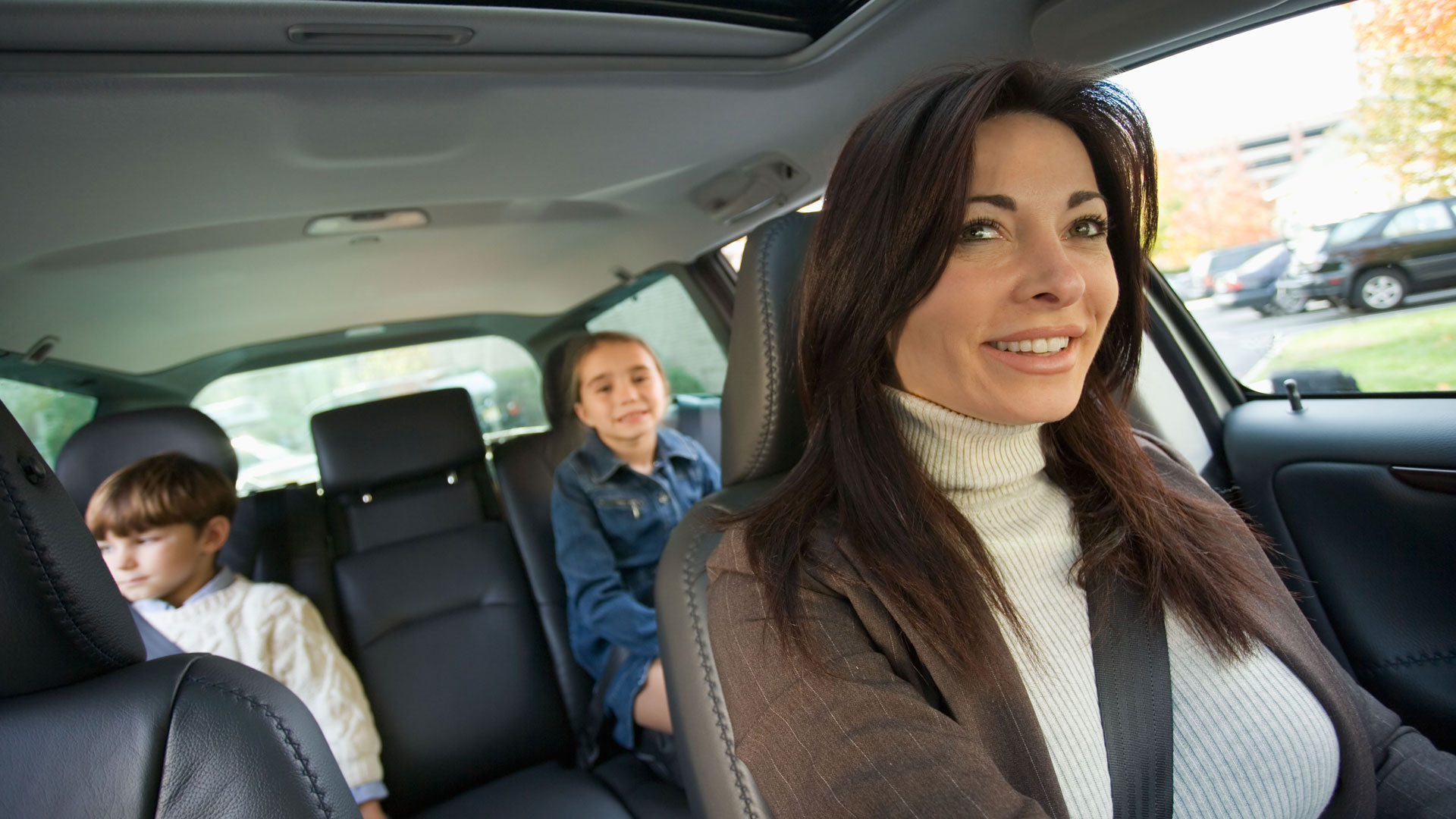
Staying in the back seat for a moment, Harman is showcasing an In-Car Communication (ICC) system, combining microphones, voice processing and in-vehicle audio signal processing to create the ideal environment for conversation within the cabin. It allows the driver to communicate with back-seat passengers without needing to turn around or take their eyes off the road. It’s also designed for three-row MPVs and SUVs, making it easier for passengers in the first row to communicate with those in the third.
Nissan ‘Invisible to Visible’
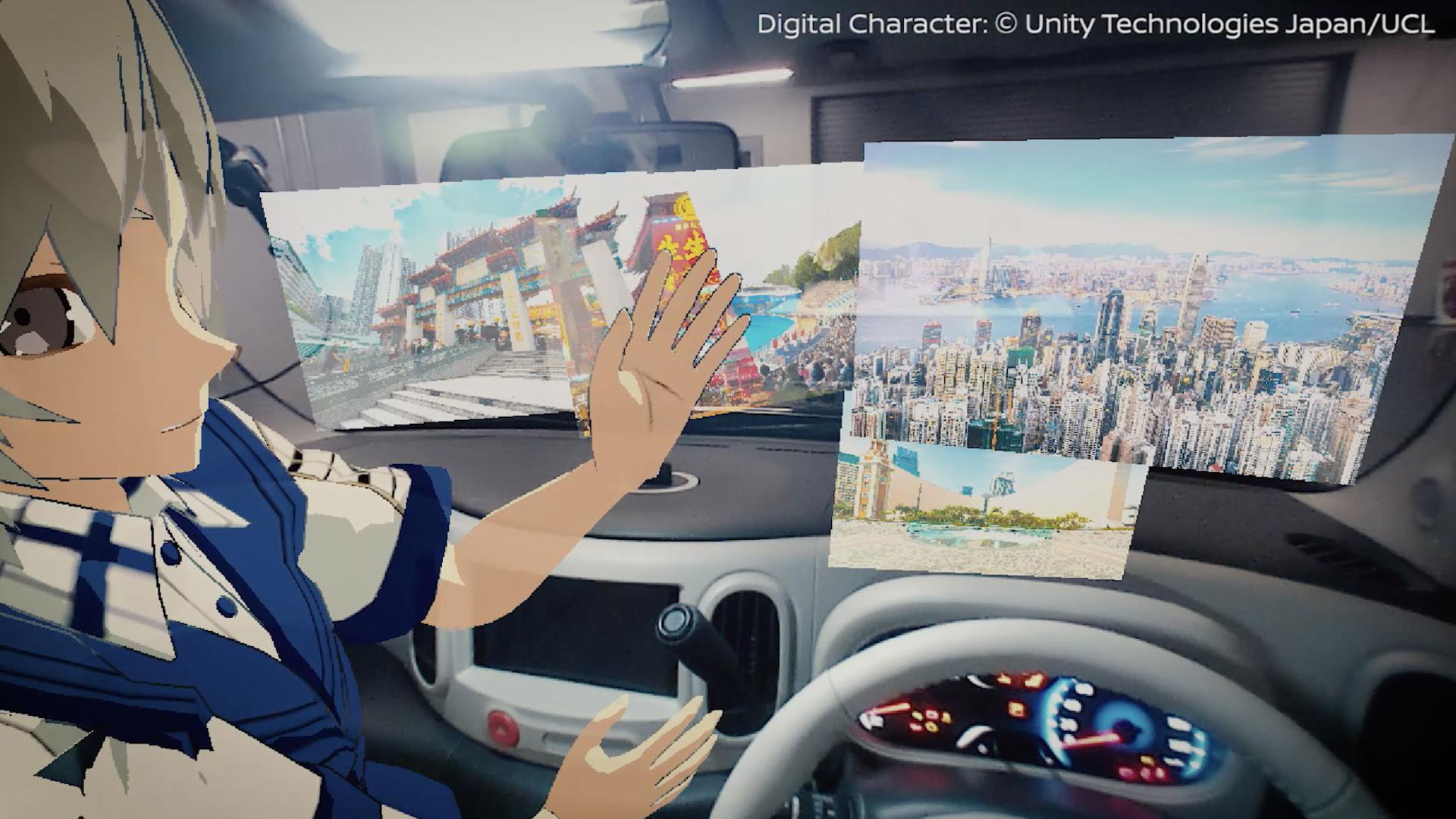
Nissan’s ‘Invisible to Visible’ technology merges data from sensors on the inside and outside of the vehicle with online data to help drivers ‘see the invisible’. This should provide motorists with a better view of the road, maybe even allowing them to see what’s coming from the other side of a building or over the brow of a hill.
While the safety features are obvious, it could also project scenes of a sunny day to help lift the gloom of a rainy afternoon. Tired of looking at the rear-end of a Ford Focus on the M25? Perhaps Nissan’s tech could change it into a Ford GT or a priceless work of art. CES visitors can experience the system using augmented-reality goggles and a demonstration cockpit.
Daimler Trucks Level 2 Automated Truck
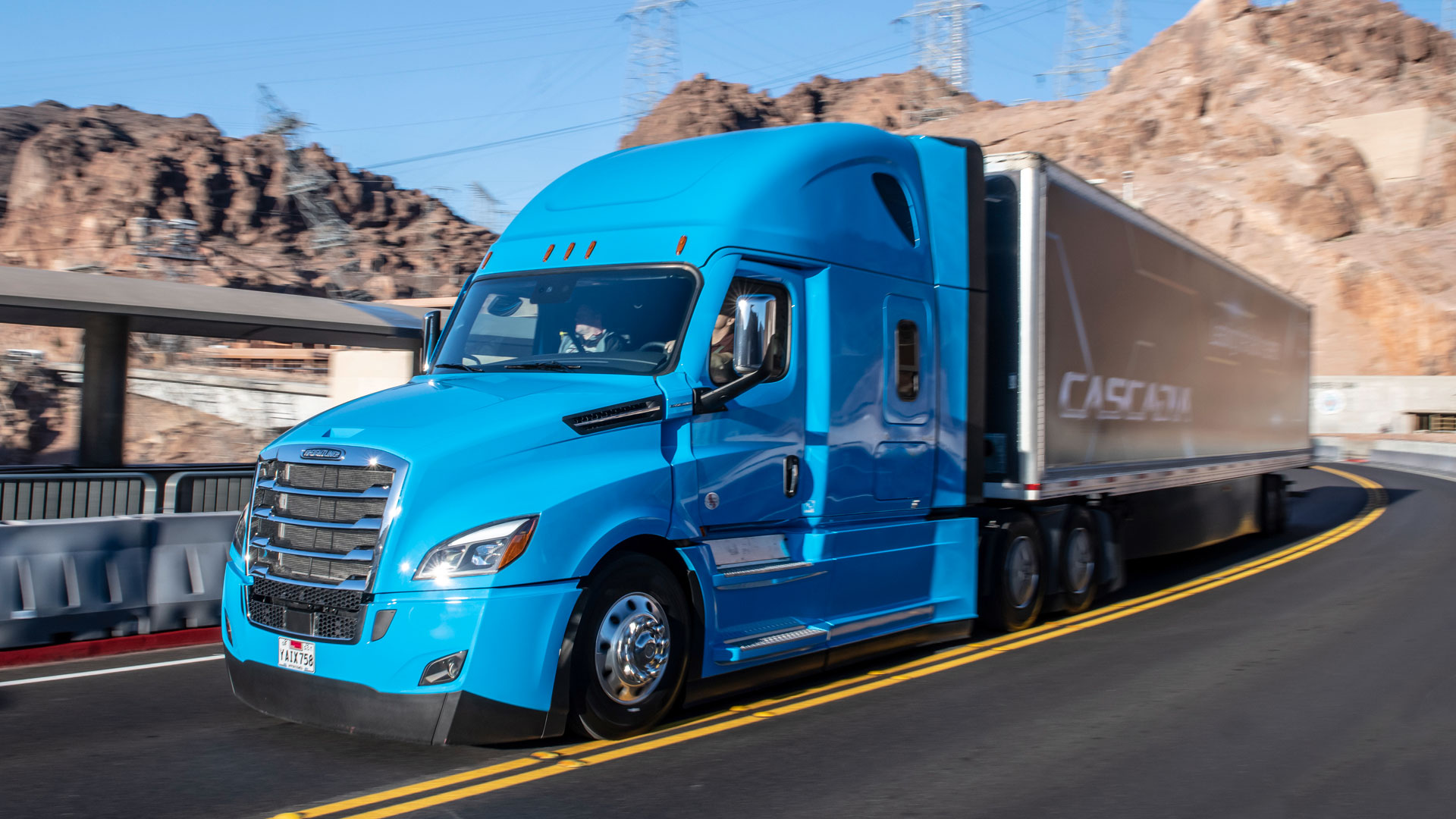
In 2015, the Freightliner Inspiration Truck was the first automated lorry licensed to operate on US public roads. At CES 2019, Daimler has introduced the new Cascadia, complete with SAE Level 2 driving capabilities, enabling it to accelerate, decelerate, and steer independently. The truck also features active brake assist and side guard assist.
But Daimler isn’t stopping there. It has chosen CES to announce a €500 million investment in a global push to bring highly automated trucks (SAE Level 4) to the road within a decade. It is skipping Level 3, claiming it ‘does not offer truck customers a substantial advantage compared to the current situation’. Global road freight is expected to more than double between 2015 and 2050.
BMW lightweight camper concept
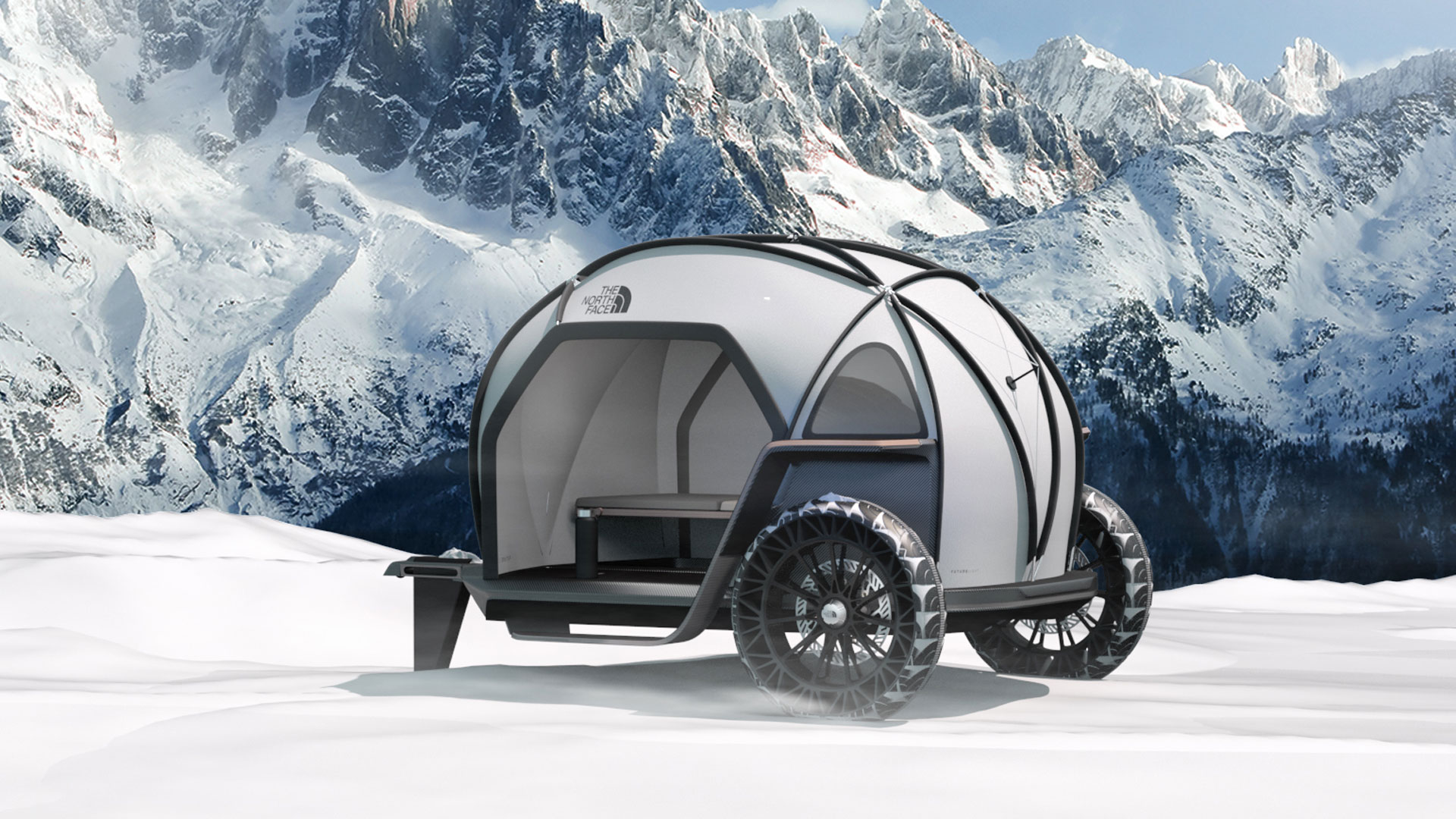
BMW subsidiary Designworks has teamed up with The North Face to build a lightweight camper concept. Called ‘Futurelight’, the camper uses Nanospinning technology to create the world’s most advanced, breathable, waterproof material. In simple terms, the process creates tiny holes, allowing for ‘incredible porosity’, while maintaining total waterproofness.
“We combined both physical and digital worlds to showcase this material, ensuring the holistic vision of the brand was clearly communicated, while giving people a real ‘hands-on’ experience,” said Laura Robin, Designworks LA studio director. “Thinking about extreme performance in new and unexpected ways from our experience of working across multiple industries, helped us to provide consumers with a unique and never before seen insight into the very heart of the material and its key attributes.”
Rinspeed plays Snap
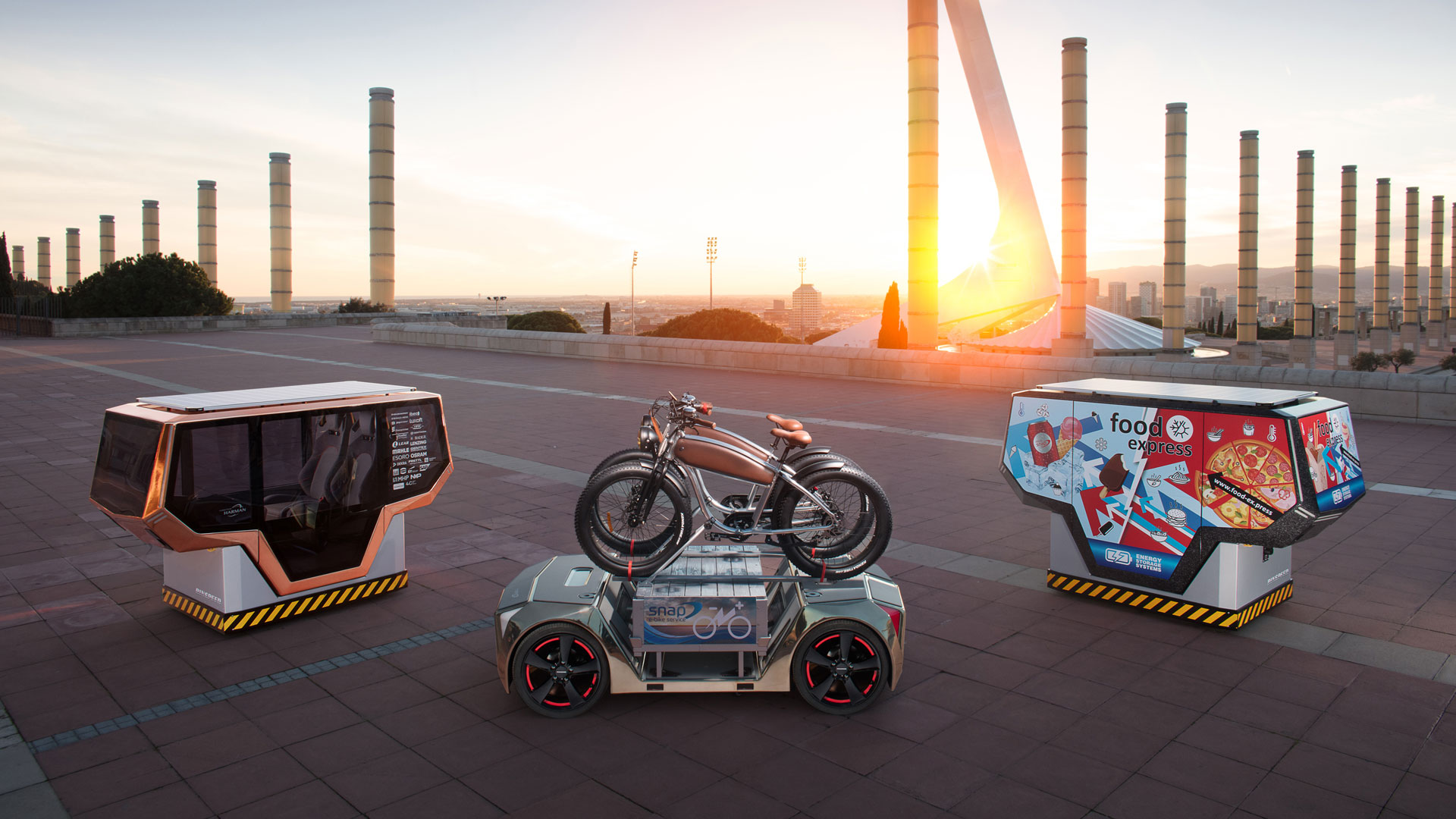
You can always rely on Rinspeed to unveil something pretty wild at a motor show. At last year’s CES, the Swiss company presented a vehicle where the chassis (Skateboards) and bodies (Pods) can be swapped at any time. A year later, the Snap concept has been refined into the MicroSnap, with the dimensions of a Renault Twizy.
It’s all rather clever. Designed for today’s world of online business, where even fast food is ordered via the internet, the MicroSnap makes it easy for firms to switch bodies. One minute the vehicle could be delivering refrigerated food, the next it could be delivering a hot pizza. Then, it could be transporting people to the theatre. The bodies are designed to last as long as a car, while the ‘Skateboards’ are recycled after a few years.
Lexus TRI-P4
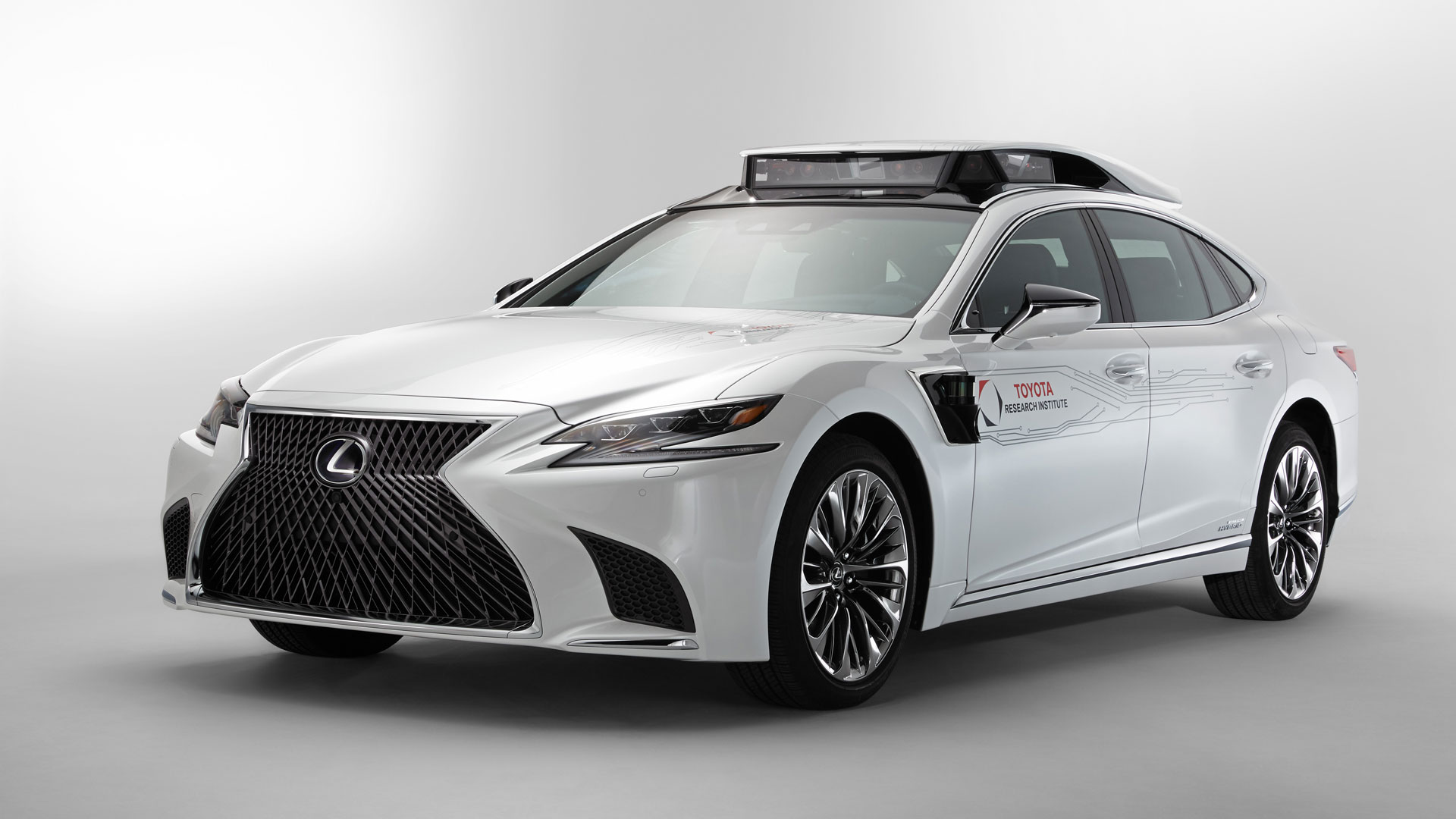
This Lexus LS is playing a key part in the Toyota Guardian development and benefits from new chassis and steering control technology. Known as the TRI-P4, the latest LS is smarter than its predecessor, processing inputs faster and reacting more quickly to its environment.
The Lexus TRI-P4 makes use of two additional cameras to improve situational awareness to either side. There are also two new imaging sensors: one facing forward and one pointed to the rear. Toyota is working on two avenues of autonomy: Chauffeur, in which the human is removed from the driving equation, and Guardian, in which the tech is there to support the driver.
Mercedes-Benz CLA
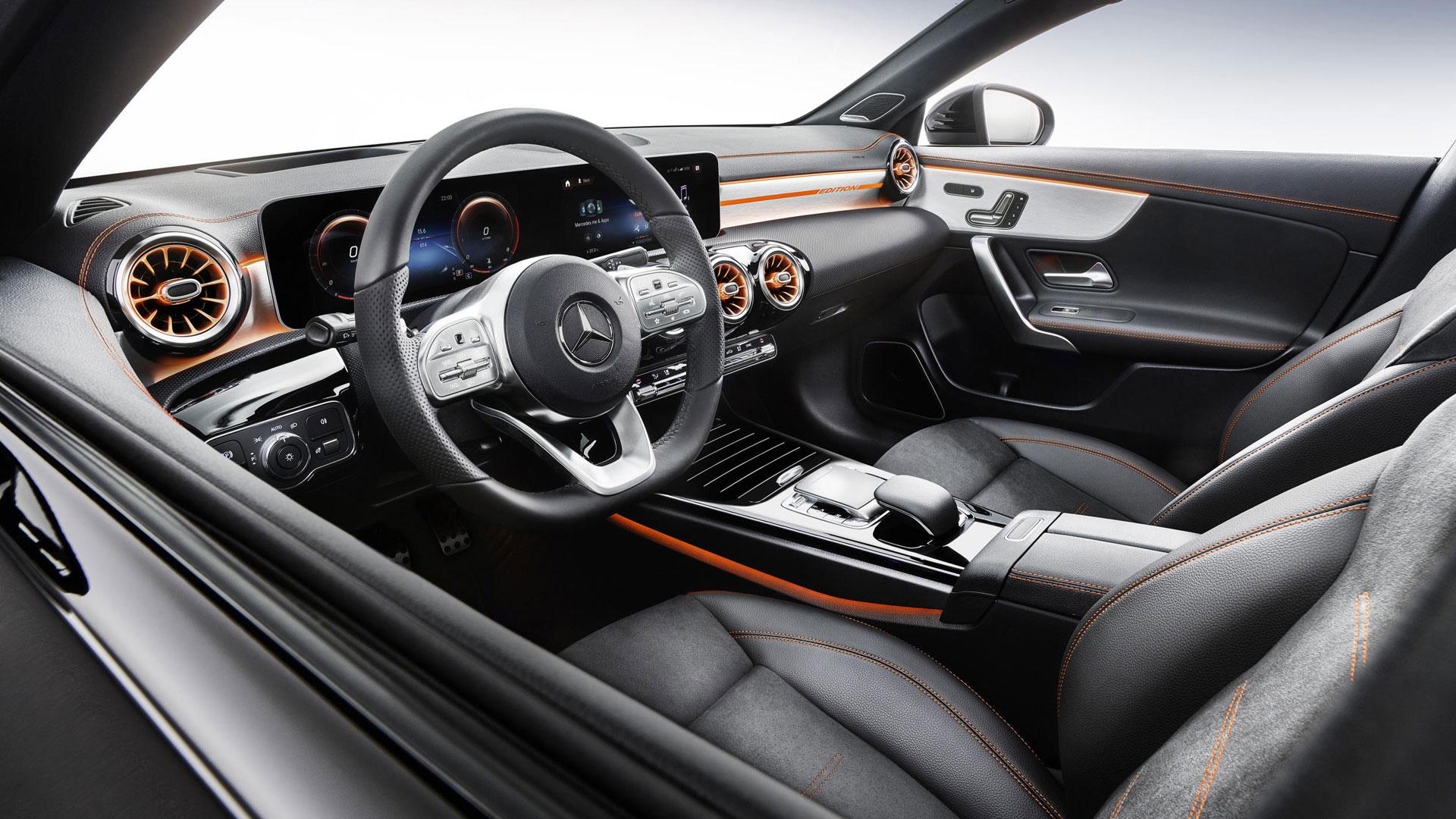
The new Mercedes-Benz CLA compact coupe has been unveiled at CES, with the German company keen to promote its onboard gadgetry. Of interest to CES visitors will be the dual screens and next-generation MBUX Interior Assist. This includes gesture control, which works in sunlight and darkness. “We are now igniting the next level with an intelligent interior assistance system for the compact class,” said research and development chief Ola Kallenius.
Voice control has been enhanced, with the ‘Hey Mercedes’ functionality taken to the next level. It’s a little like having your own personal assistant in the car. “Which child-friendly Asian restaurants are nearby that are neither Chinese nor Japanese?” you might ask. It will help. “How has the Apple share price performed compared to Microsoft?” – it will tell you. We wonder how it would respond if you asked for details of the nearest BMW dealer…
BMW self-riding motorcycle
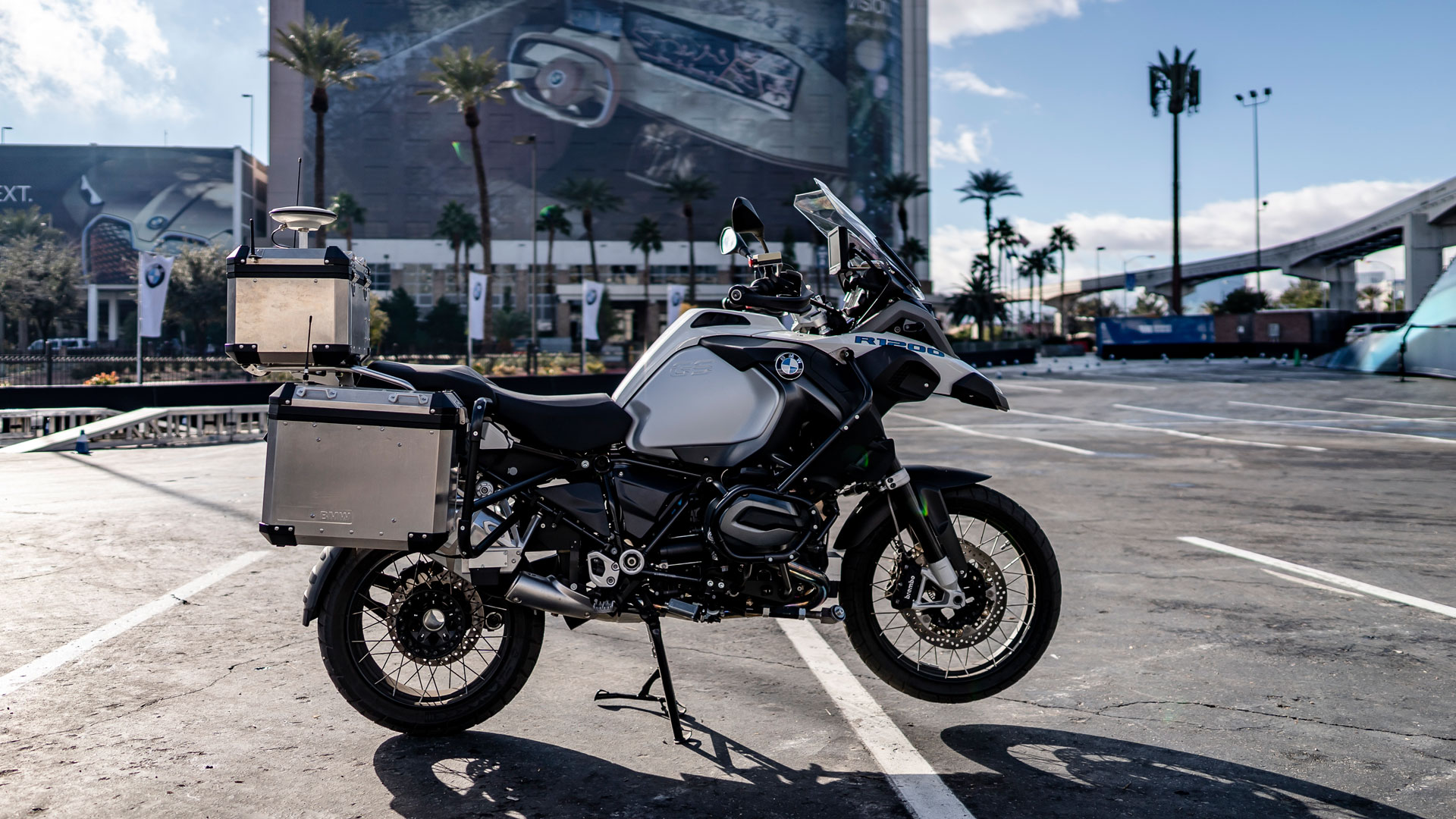
The BMW R 1200 GS is able to start, accelerate, corner, slow down, and come to a stop, without a rider. According to BMW, this isn’t a step towards replacing the motorcyclist, rather an opportunity to gather valuable insights into riding dynamics, which can be used to help the rider recognise dangerous situations and master difficult manoeuvres.
So, it’s an education device. BMW claims that the self-riding motorcycle will give riders a ‘comprehensive understanding’ of ideal lines and perfect cornering, correct braking points, and traction-optimised acceleration. That’s as may be, but you wouldn’t bet against self-riding motorcycles appearing in our city centres, delivering everything from takeaways to blood.
Byton M-Byte
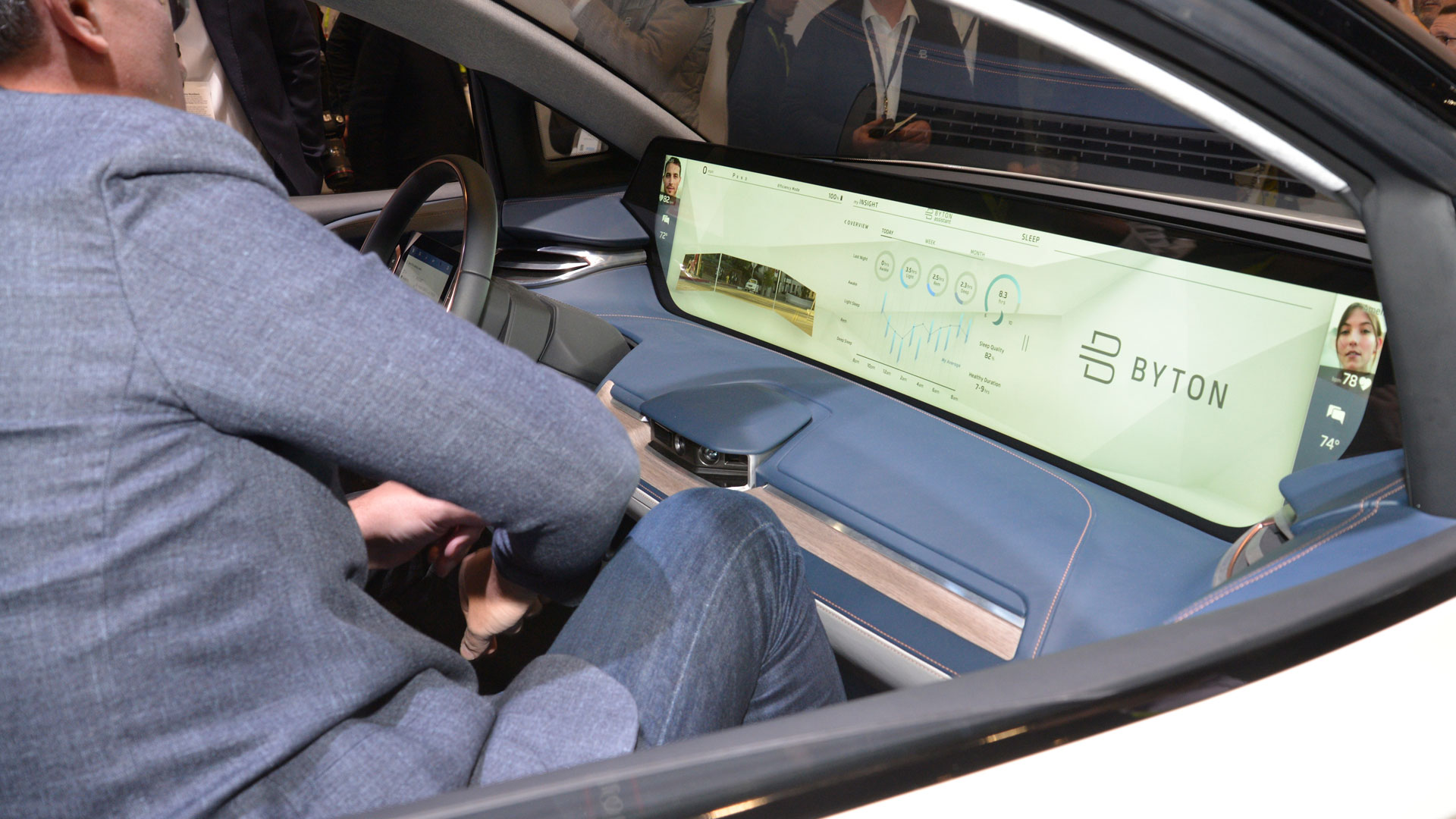
If everything goes according to plan, the Byton M-Byte electric SUV will go on sale in China at the end of the year, with European and American sales following in 2020. The Chinese-built EV will deliver up to 325 miles of range, depending on the model, with an 80 percent recharge possible in just half an hour. Much of this is old news. But something else is grabbing the headlines at CES 2019…
It’s the M-Byte’s 48-inch – yes, 48 inches – ‘Shared Experience Display’, which is essentially a fancy name for a digital instrument display. It extends across almost the entire width of the car, delivering all of the information, all of the time. The screen is controlled either via seven-inch touchscreen in the centre of the steering wheel or an eight-inch touchpad in the centre console.
Honda autonomous ATV
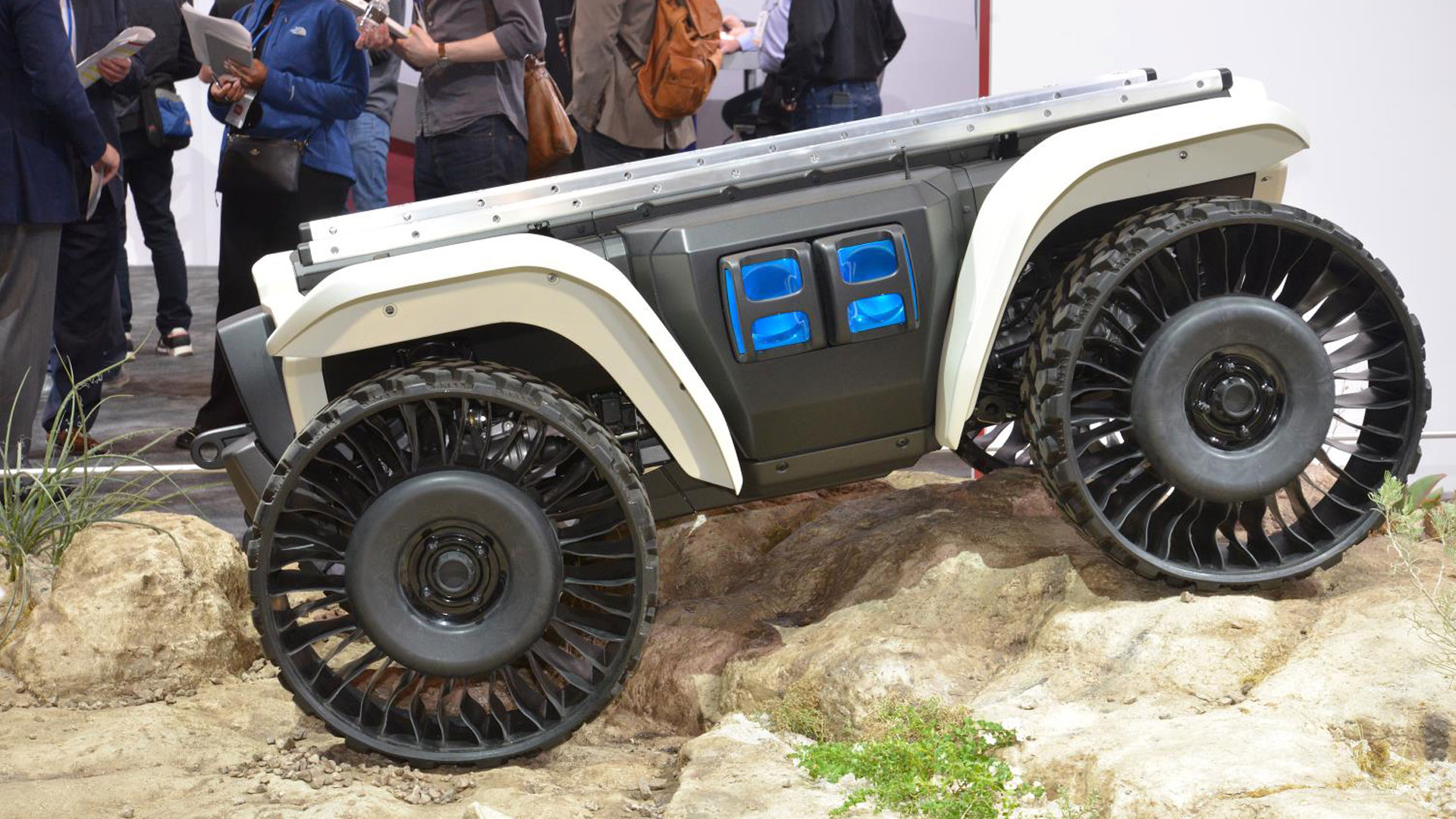
Anything Hyundai can do, Honda can do slightly differently. This is the Honda Autonomous Work Vehicle, a self-driving ATV designed for all manner of scenarios. There are three modes – ‘A to B’, ‘Follow Me’ and ‘Pattern’ – with each one serving a different purpose. For example, ‘A to B’ was used at an agricultural college in California, where it transported crops from field to packaging. ‘Follow Me’ has been used to direct firefighters across tricky terrain, while ‘Pattern’ saw it used to pull a lawnmower.
Nissan Leaf 3.Zero e+
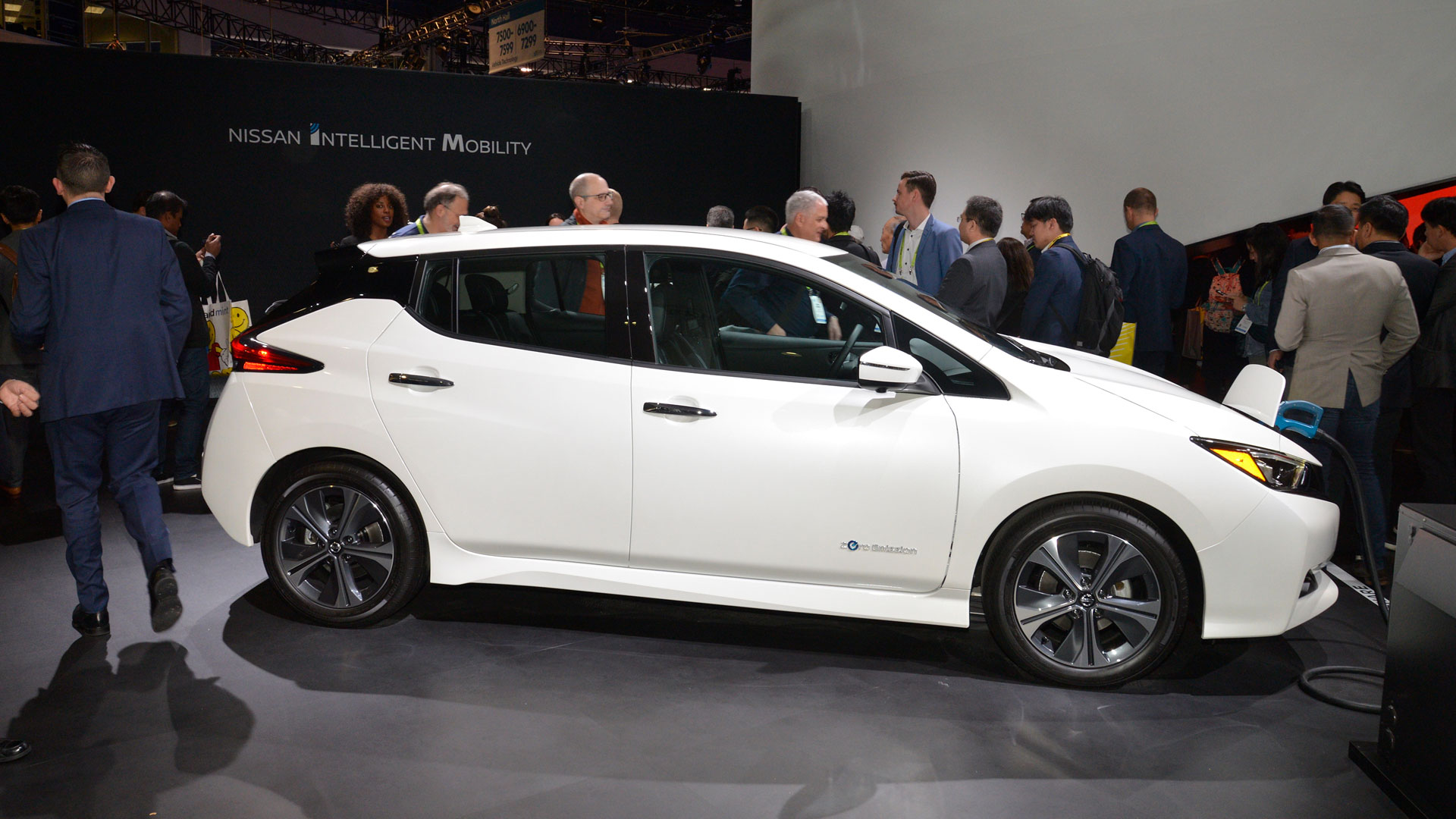
Faced with an ever-increasing number of EV rivals, Nissan has given the Leaf the battery it deserves. The Leaf 3.Zero e+ has a 62kWh battery, more than 50 percent larger than the standard car’s 40kWh battery. This delivers a 40 percent increase in range, enabling the Leaf to hit 239 miles from a single charge. Deliveries will start in the summer.
Read more:
- Futuristic Nissan tech lets you ‘see the invisible’
- 2019 Mercedes-Benz CLA revealed at Las Vegas tech show
- Longer-range Nissan Leaf with 62kWh battery confirmed